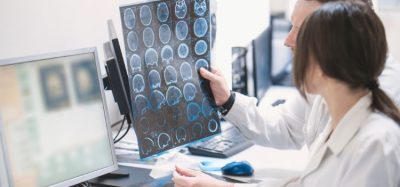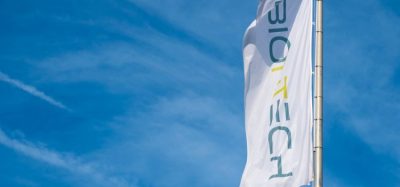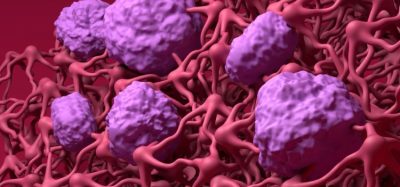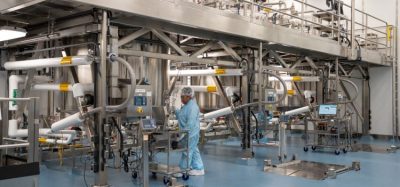SGS’s Centre of Excellence for Biosafety contributes to the fight against coronavirus
Posted: 23 April 2020 | SGS Life Sciences | No comments yet
Developing new vaccines to fight emerging diseases is an ongoing fight and ensuring they are pure is vital to patients’ health and safety.
How do scientists ensure vaccines are safe?
Vaccination works by introducing an inactivated or altered form of a disease causing pathogen into the body, which stimulates the immune system to develop the relevant antibodies and cellular response. Before injecting those pathogens, the product is assessed and tested at specialist testing facilities, such as SGS Vitrology in the UK, to ensure product safety.
During the purity tests to screen for contaminants, viruses are more difficult to detect than bacteria and fungi. They come in many different types, shapes and forms, and our scientists use a range of advanced detection tools such as electron microscopy studies (TEM), cell infectivity and molecular biology DNA sequencing to ensure vaccines are safe for use.









